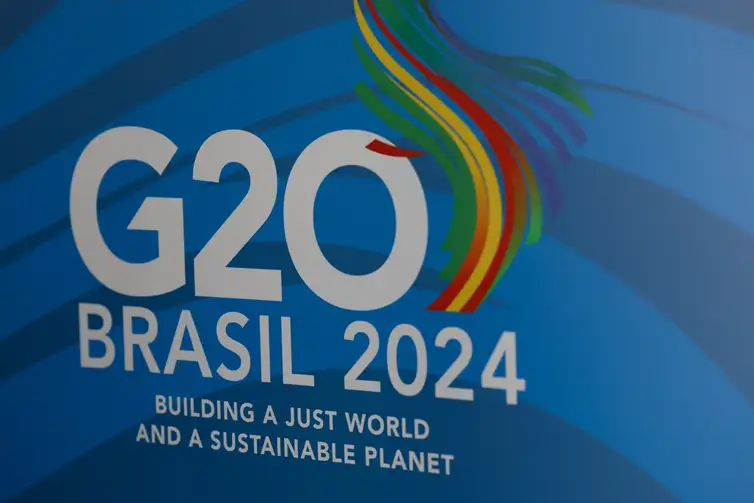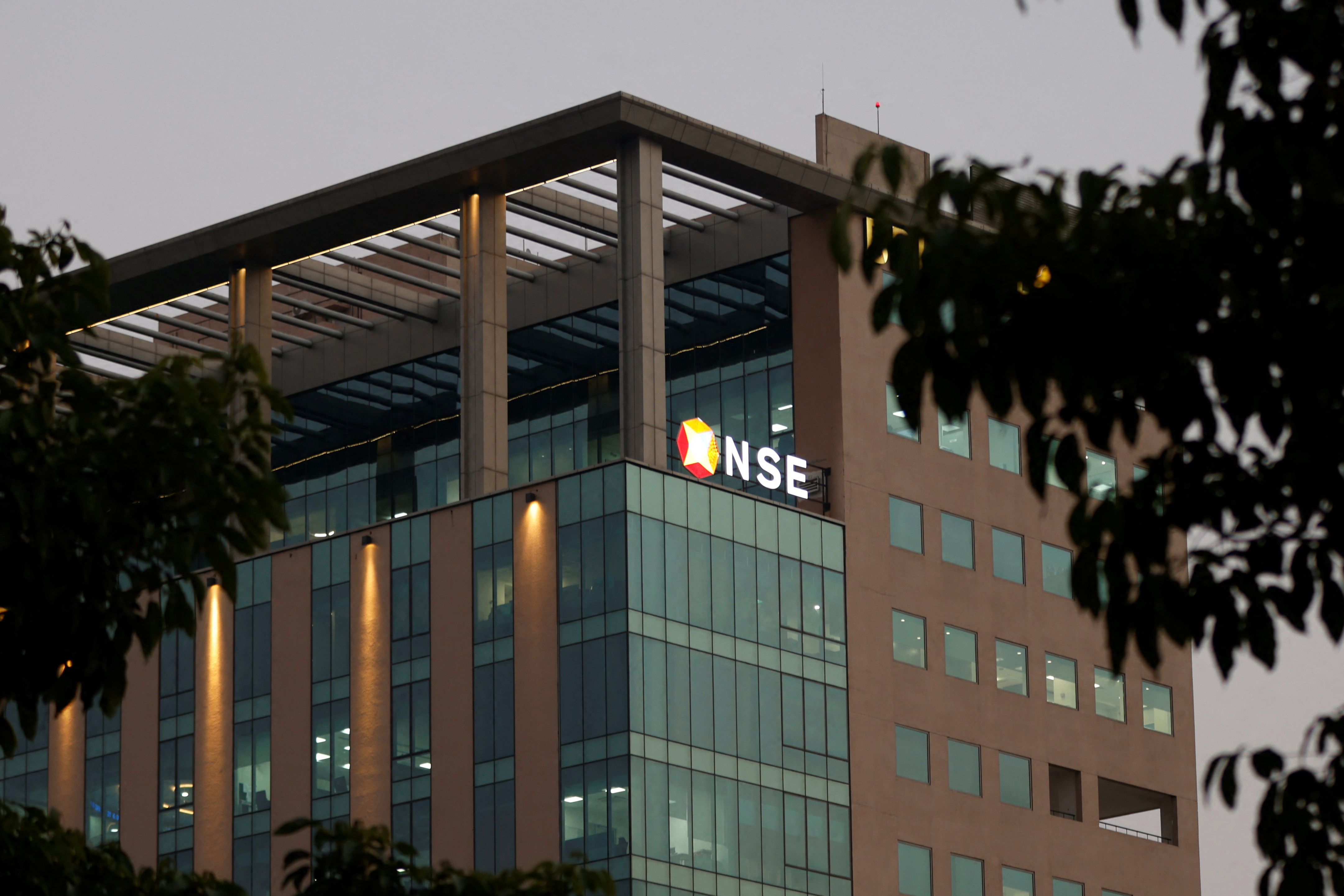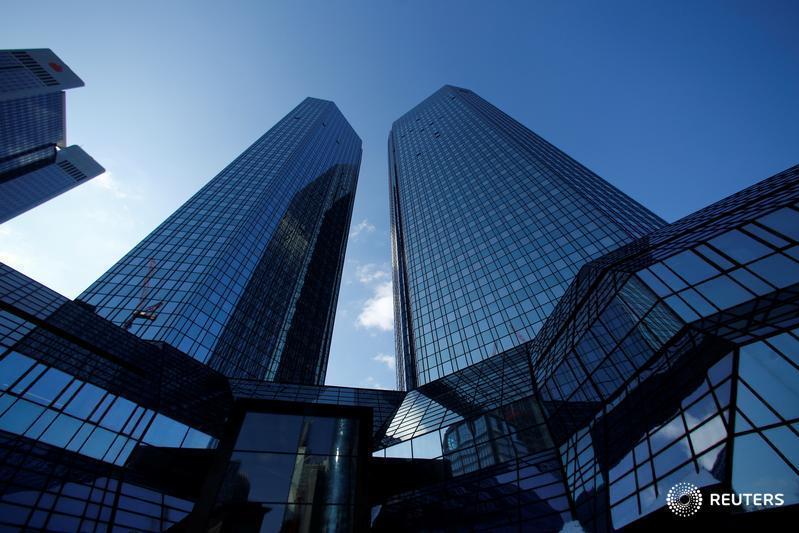Trump Holds Controversial Rally in Democratic Bronx
Donald Trump's recent rally in the South Bronx aimed at courting Black and Hispanic voters has sparked diverse reactions and intensified debates on economic and immigration issues.
Published May 24, 2024 - 17:05pm

Image recovered from bostonglobe.com
With Trump confined to New York for the last six weeks due to his criminal trials, the presumptive Republican nominee's campaign has strategically organized local stops across his hometown. His visit to the South Bronx marks his first public event in this predominantly Democratic region as he attempts to sway key minority voting blocs.
According to his campaign, the rally aims to demonstrate Trump's commitment to representing all Americans, especially those disillusioned by current economic conditions. Florida Republican Rep. Byron Donalds highlighted Trump's intent to show that this isn't a typical presidential election and positioned him as a candidate who genuinely cares about diverse communities.
Despite Trump's efforts, the Bronx Democratic Party actively protested his appearance, reinforcing their stance that Trump is unwelcome in the borough. However, the rally attracted various locals, some of whom expressed surprise at the endorsement and who were driven by dissatisfaction with President Joe Biden's policies.
The rally also delved deeply into contentious issues like immigration. Trump reiterated his familiar pledge for stringent immigration reforms, promising the “largest criminal deportation in history.” This rhetoric, though divisive, resonated with his core supporters, who echoed chants of “Send them back” and “Build the wall.” Among those in attendance, there were notable figures like former state senator and city council member Rubén Díaz Sr., who appreciated Trump's attention to minority communities in the Bronx.
Critics like Alexandria Ocasio-Cortez mocked Trump's rally, suggesting his presence was more about adhering to court restrictions rather than genuine outreach. Nevertheless, some residents appeared supportive, motivated by economic grievances and dissatisfaction with the current administration.
The Republican push in the Bronx is reminiscent of historical efforts like Ronald Reagan's visit in 1980. Trump's appearance, although met with protests, signifies a calculated attempt to penetrate a solidly Democratic stronghold by appealing to the economic and social insecurities of its residents.
The diverse composition of the rally audience, which included significant Hispanic and Black representation, underscores the ongoing battle for minority votes. Trump's mention of his legal troubles, positioning them as relatable to the frustrations experienced by many Black voters with the criminal justice system, was both controversial and strategic.
This rally highlights the highly polarized political climate and the intensifying efforts by both sides to mobilize voters. Trump's determination to challenge Democratic dominance in the Bronx, coupled with the strong counter-reactions, exemplifies the heated nature of current American politics.
With Trump confined to New York for the last six weeks due to his criminal trials, the presumptive Republican nominee's campaign has strategically organized local stops across his hometown. His visit to the South Bronx marks his first public event in this predominantly Democratic region as he attempts to sway key minority voting blocs.
According to his campaign, the rally aims to demonstrate Trump's commitment to representing all Americans, especially those disillusioned by current economic conditions. Florida Republican Rep. Byron Donalds highlighted Trump's intent to show that this isn't a typical presidential election and positioned him as a candidate who genuinely cares about diverse communities.
Despite Trump's efforts, the Bronx Democratic Party actively protested his appearance, reinforcing their stance that Trump is unwelcome in the borough. However, the rally attracted various locals, some of whom expressed surprise at the endorsement and who were driven by dissatisfaction with President Joe Biden's policies.
The rally also delved deeply into contentious issues like immigration. Trump reiterated his familiar pledge for stringent immigration reforms, promising the “largest criminal deportation in history.” This rhetoric, though divisive, resonated with his core supporters, who echoed chants of “Send them back” and “Build the wall.” Among those in attendance, there were notable figures like former state senator and city council member Rubén Díaz Sr., who appreciated Trump's attention to minority communities in the Bronx.
Critics like Alexandria Ocasio-Cortez mocked Trump's rally, suggesting his presence was more about adhering to court restrictions rather than genuine outreach. Nevertheless, some residents appeared supportive, motivated by economic grievances and dissatisfaction with the current administration.
The Republican push in the Bronx is reminiscent of historical efforts like Ronald Reagan's visit in 1980. Trump's appearance, although met with protests, signifies a calculated attempt to penetrate a solidly Democratic stronghold by appealing to the economic and social insecurities of its residents.
The diverse composition of the rally audience, which included significant Hispanic and Black representation, underscores the ongoing battle for minority votes. Trump's mention of his legal troubles, positioning them as relatable to the frustrations experienced by many Black voters with the criminal justice system, was both controversial and strategic.
This rally highlights the highly polarized political climate and the intensifying efforts by both sides to mobilize voters. Trump's determination to challenge Democratic dominance in the Bronx, coupled with the strong counter-reactions, exemplifies the heated nature of current American politics.
Adding to the complexity, local business owners' reactions were mixed, with some arguing that Trump's policies could benefit small enterprises through tax cuts and deregulation, while others feared that his proposed immigration reforms could lead to labor shortages and negatively impact their operations. This dichotomy illustrates the broader national debate about the balance between economic growth and social justice.
The event also saw Trump attacking Biden's foreign policy, criticizing the administration's handling of international relations, especially concerning China and the Middle East. He contended that his approach would place America first, securing jobs and safety for U.S. citizens. This segment of his speech resonated particularly with veteran attendees, who voiced their concerns about national security and economic stability on social media platforms and during post-rally interviews.
The rally was not merely a moment for Trump to address his base; it also served as an opportunity for him to connect with future voters. Several younger attendees, who had either reached or were nearing voting age, expressed curiosity and a desire to hear firsthand from the candidate. This demographic's presence highlighted the importance of engaging with younger voters, who are increasingly viewed as critical to the outcome of upcoming elections.
Moreover, Trump's speech touched on education, promising reforms that would emphasize school choice and vocational training. This point garnered applause from parents concerned about the current state of public education and eager for more diverse educational opportunities for their children. However, it also drew criticism from educators and policymakers who argue that such changes could undermine public school funding and exacerbate existing disparities.
As Trump continues his campaign trail through New York, the attention he garners—both supportive and critical—serves as a microcosm of the broader national political environment. The camp's strategy focuses on turning potential weaknesses, such as his legal challenges, into perceived strengths. By portraying himself as a fighter against a ‘rigged' system, Trump hopes to solidify his connection with voters who feel similarly marginalized or disenfranchised.
The rally's impact will likely be analyzed for weeks to come, influencing the campaign strategies of other Republican candidates. Trump's bid to make inroads into traditionally Democratic territories underscores a broader Republican ambition to expand their electoral map. How these efforts will translate into actual voter turnout remains to be seen, but the rally in the Bronx has undeniably stirred both controversy and conversation.
In the days following the rally, political analysts have debated its potential long-term effects on the upcoming election. Some argue that Trump's outreach to minority communities could indeed yield dividends, particularly if dissatisfaction with current economic and social conditions continues to grow. Others caution that his divisive rhetoric and ongoing legal battles might alienate moderate voters who are critical for winning swing states.
Nonetheless, the rally emphasizes the dynamic and unpredictable nature of American politics. As both parties vie for dominance, events like these will likely become more frequent, each one shaping the trajectory of the race in significant ways. Whether Trump's gamble in the Bronx will pay off remains an open question, but it has certainly added a new layer of intrigue to the unfolding electoral drama.






